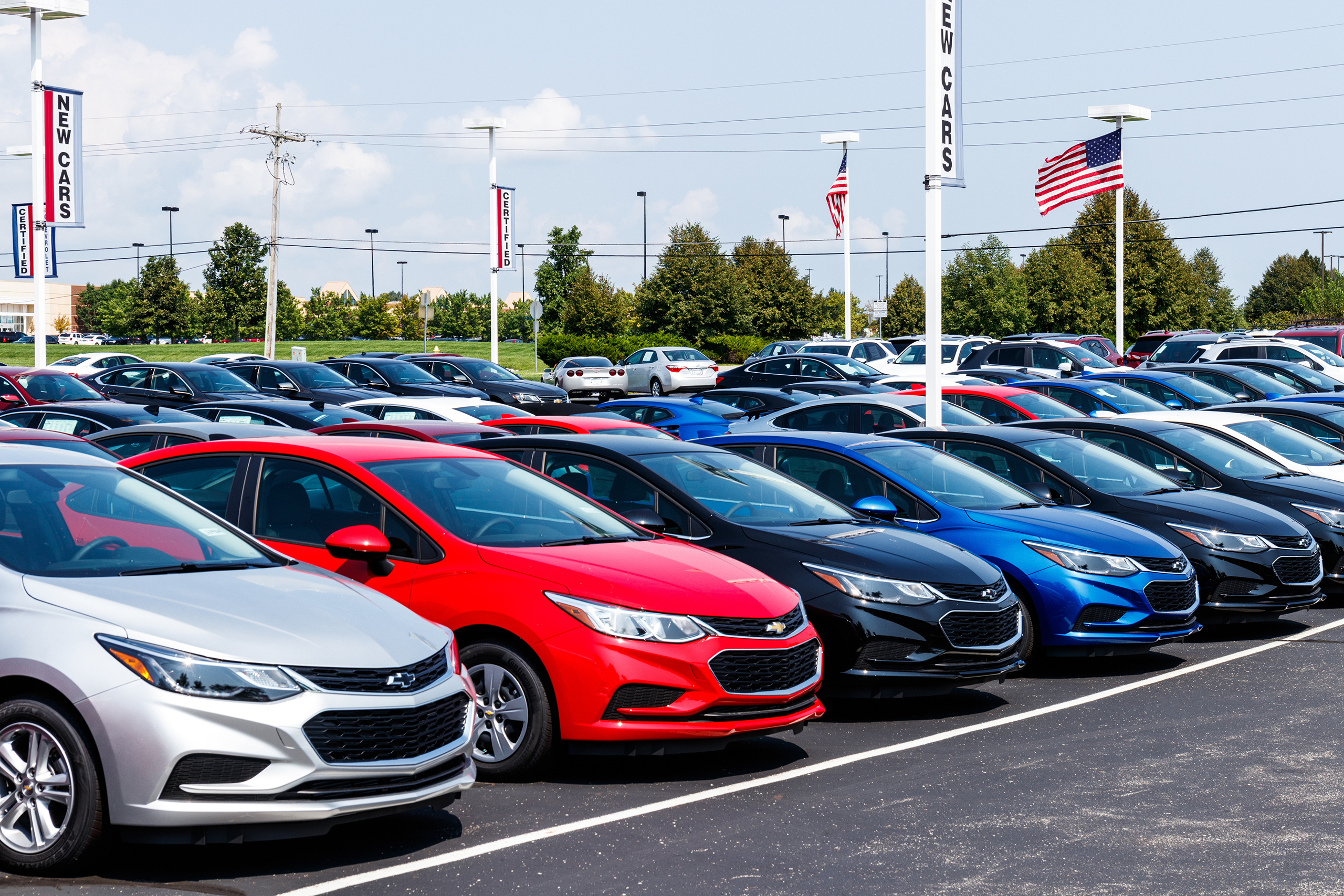
Before you offer that generous trade-in incentive, read this
Sizeable rebates can backfire because consumers save the money and upgrade less, according to new marketing research.
Durable goods manufacturers of products such as appliances, smartphones, electronics, and motor vehicles usually have product lines with an upgrading path for customers as they make replacement choices. Sales and marketing teams’ want to encourage consumers to upgrade faster or, even better, to buy more expensive products.
That's why car dealerships use trade-in incentives, special offers common in the automotive industry. Automobiles are expensive to purchase, and consumers are keeping them longer than ever — up to 79.3 months on average in the U.S. These factors made the automotive industry the perfect environment for W. P. Carey marketing professors and their co-author to study to understand how trade-in incentives work.
In an article Feb. 22, 2019, on the American Marketing Association:
When consumers buy products, they engage in a process called mental accounting whereby they consider how much value they have received from a good compared to its cost.
– Michael Wiles, associate professor of marketing
Our research helps manufacturers understand the impact of their trade-in incentive and targeting strategies to better accomplish critical business goals.
– Sungho Park, associate professor of marketing
Latest news
- Forget loans and wealthy investors. Small cafes, breweries turn to crowdfunding
An ASU supply chain expert explains the pros and cons of crowdfunding and its potential impact…
- From Utah to China, where in the world could Arizona copper sitting under an Apache holy site go?
Arizona copper should be smelted closer to home, says a W. P.
- The missing students
A W. P.